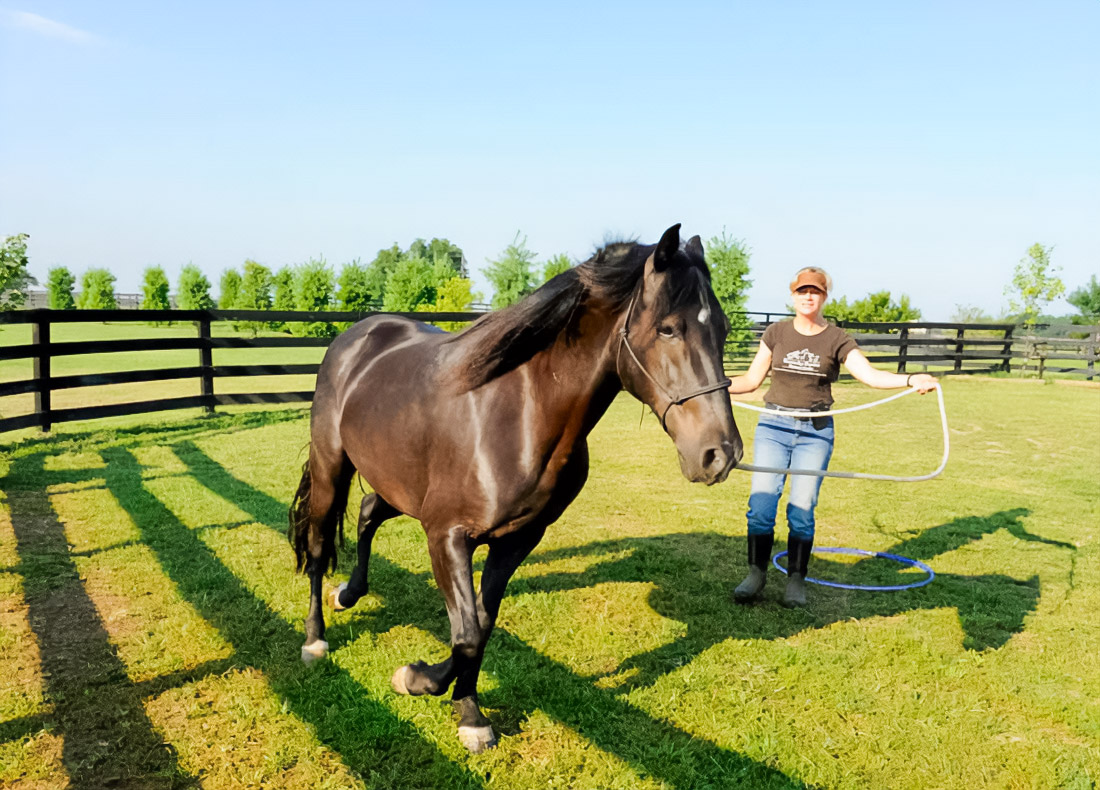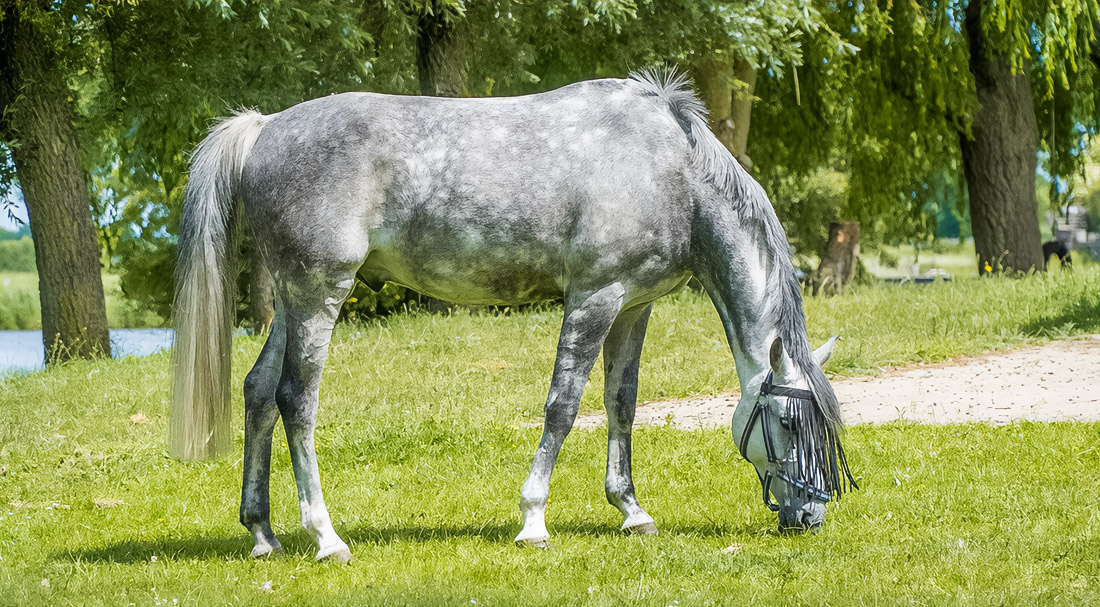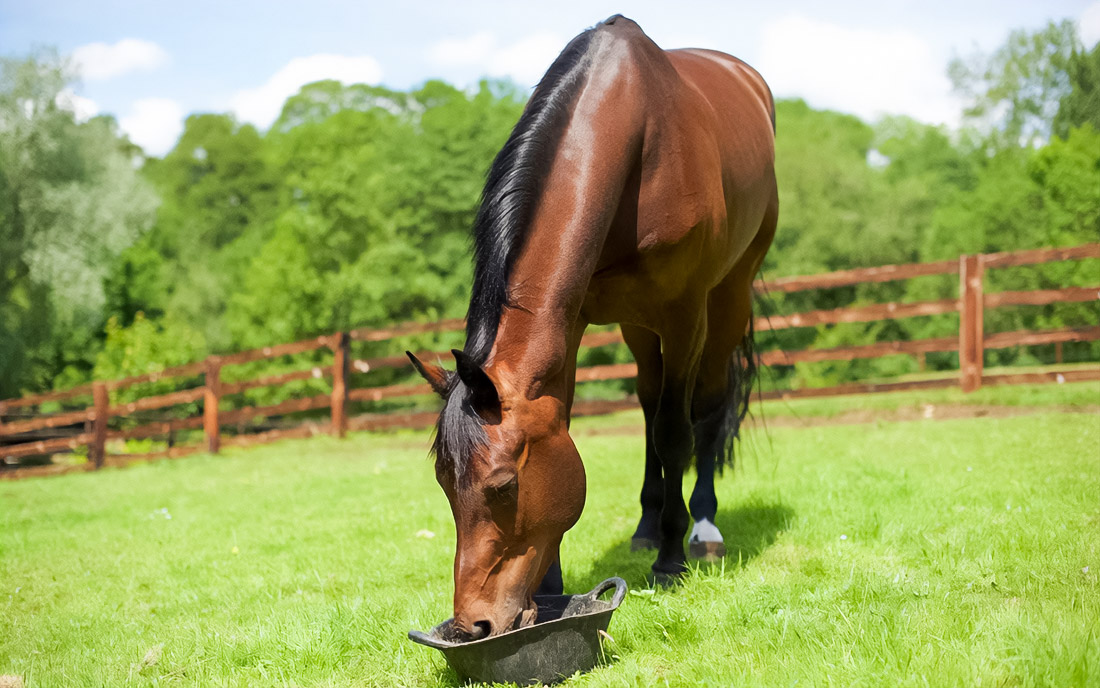Clean sport is based on two strong foundations: the welfare of the horse and the integrity of the sport. The rules of anti-doping and controlled medicine do not work separately, but as a single system, where prohibited substances are determined through the Equine Prohibited Substances List, and the use of any drug is checked before injection and feeding. It is important to remember about detection times, take into account the agreed withdrawal time, rely on elective testing in case of doubt, and always check with active substances rather than misleading trade names. Mistakes in the feed room and disruptions of procedures at the Veterinary Commission easily ruin plans, and team veterinarian is the main compass here.
Prohibited Substances And The Role Of EPSL

The prohibited substances lists combine banned substances and controlled medicine regulated through EADCMRs, which are divided into anti-doping rules and controlled medicine rules. The list is updated annually, and changes are published ninety days before they take effect, which allows you to adjust your diet, treatment, and exercise schedule in advance. Check the active ingredients, not the trade names, because product formulations and feed supplements change faster than someone has time to rewrite catalogs. This simple technique dramatically reduces the risk of accidental violations and subsequent proceedings.
Medical Treatment Before The Start And At The Event

Medicine administration prior to events requires discipline, journals, and clear boundaries of responsibility. Before any injection or oral course, first check the EPSL, then plan based on detection times and reliable withdrawal time. If in doubt, use elective testing for controlled medicine to confirm that there are no traces before the start. At the event itself, treatment in a regular stall is unacceptable without permission, so a treatment box is used, and each intervention is coordinated with the Veterinary Commission according to the established procedure. In case of emergency use of controlled medicine, the team draws up a Veterinary Form A before arrival and presents the document at registration, without delay or argument.
Additives, Feed, And A High-Risk Area

The main sources of problems lie not only in the medicine cabinet, but also in bags of feed, hay bales and cans of supplements. Contamination of additives occurs even with the external integrity of the branding, and natural products often contain active ingredients with pharmacological action. Be especially careful about calming products and energising products, because their composition is often not obvious, and the labeling does not reflect the actual list of active substances. When planning diets and choosing natural horse feed, verify active substances and keep documentation for every batch to reduce contamination risk. Reliable order in the feed room reduces the likelihood of errors much more than it seems at first glance.
Store feeds and supplements separately and in sealed containers with clear labels for active ingredients. Label everything by active substances, not by trade names, to avoid confusion on the shelf and in the magazine. Keep records of batches and opening dates, record each spoon, and after work thoroughly wash buckets and measuring pads using separate inventory wherever possible. At the slightest doubt, simply discard the controversial supplement, because the risk of contamination is always more expensive than the perceived benefit. If possible, rely on testing schemes for feed and additives that reduce the likelihood of naturally occurring prohibited components.
The Role Of Team Veterinarian And Team Discipline
A team veterinarian is not only a doctor, but also a strategist. He compares the clinical need with controlled medicine rules, selects a treatment route under detection times, coordinates withdrawal time, and initiates elective testing if necessary. He also helps to correctly issue Veterinary Forms and build interaction with the Veterinary Commission so that treatment in the treatment box takes place without violations. When the doctor and groomers work on a single checklist, the welfare of the horse is protected, and the integrity of the sport remains unshakeable.
Anti-Doping For People In The Equestrian Team
Human anti-doping is part of the overall safety of the result and reputation. Athletes and staff receive training, carry out a medical check of all prescribed medications, issue a Therapeutic Use Exemption if medically necessary, and do not rely on random dietary supplements. An erroneous jar on the groomer’s table or a common grooming inventory does create a contamination risk for horse samples, so the order of people is directly related to the purity of the horse tests.
Practical Season Navigator
The following steps sound simple, but they work reliably even on a busy calendar. Check your EPSL medications for the latest version, taking into account annual updates and pre-published changes. Schedule any appointment with a team veterinarian, including detection times and confirmed withdrawal time. If in doubt, rely on elective testing to resolve the issues before the start. Treat exclusively in the treatment box with the permission of the Veterinary Commission, without taking the procedure to the stall. In case of emergency therapy, apply for a Veterinary Form A before arrival and present the document immediately upon arrival. Keep the feed room in exemplary condition by minimizing contamination risk with system habits rather than one-time cleaning. For people, use the medicine check and issue a TUE when treatment requires it.
Clean sport is not a hunt for violators, but a daily technology of predictability. EPSL sets the framework, anti-doping rules and controlled medicine rules maintain a balance, and competent medicine administration prior to events turns risk into a manageable amount. Accuracy with active substances instead of trade names, discipline in the feed room, readiness for elective testing and proper work in the treatment box preserve the welfare of the horse and strengthen the integrity of the sport. The team wins not only through form and tactics, but also through the transparency of procedures that stand up to any scrutiny.

